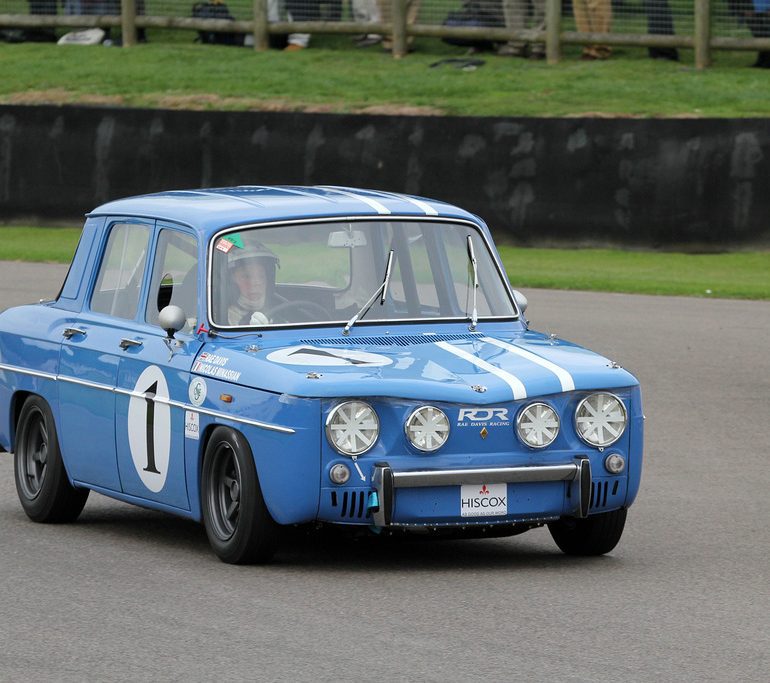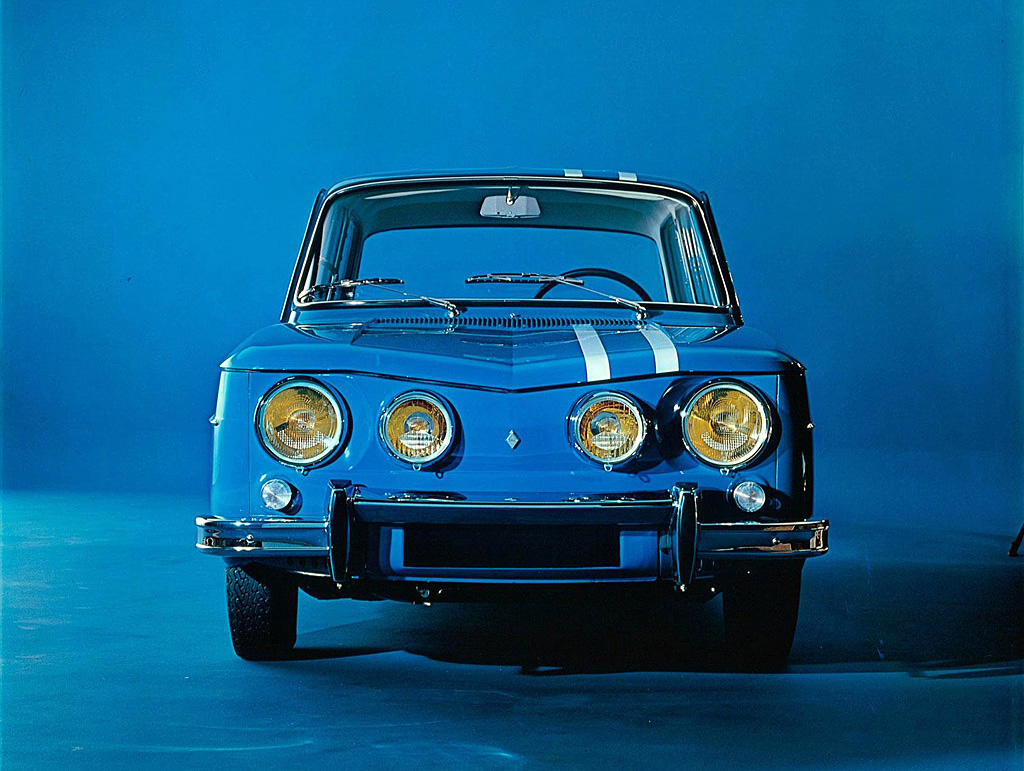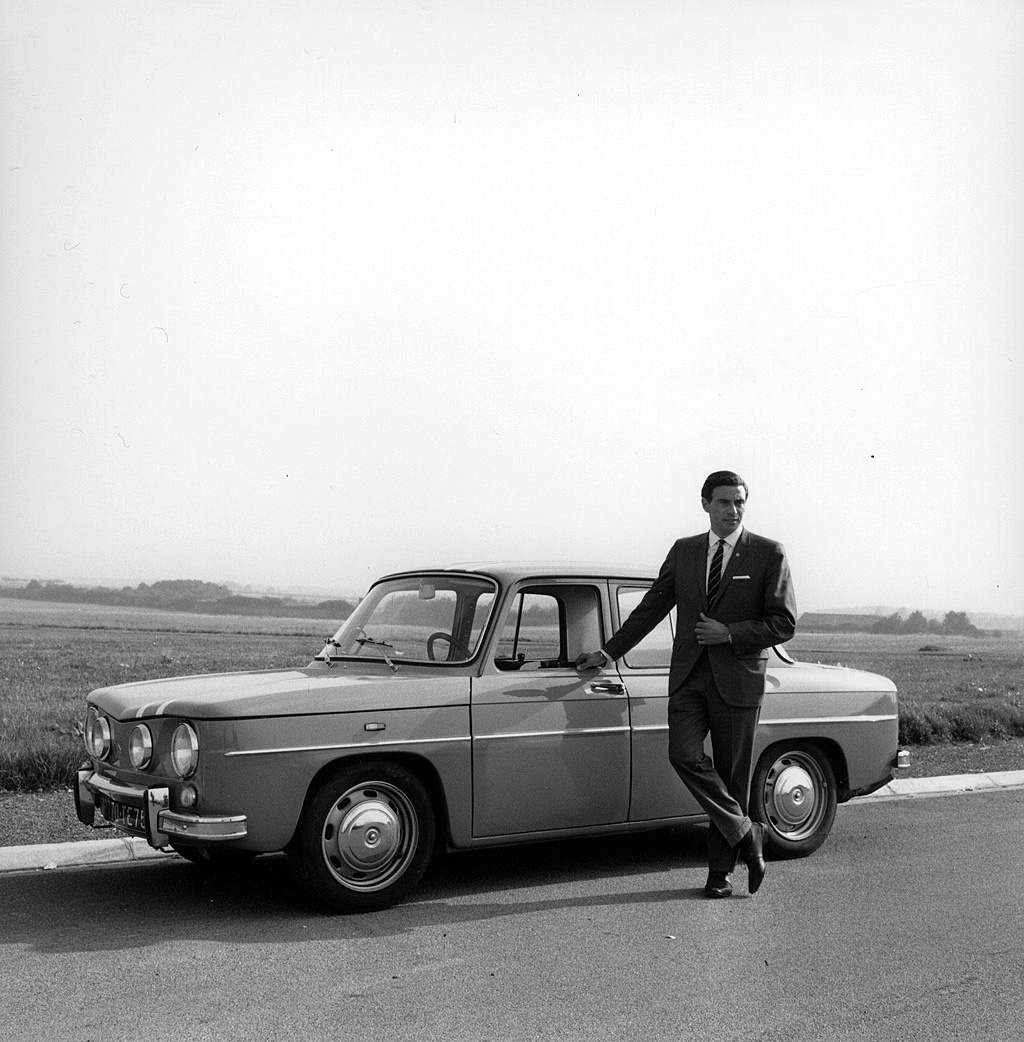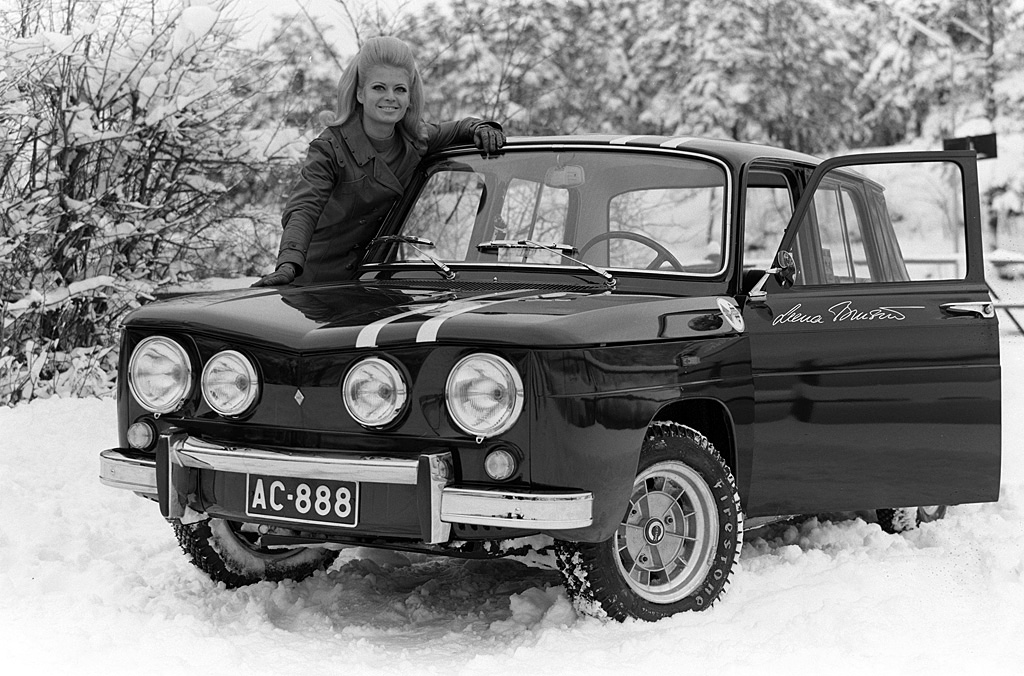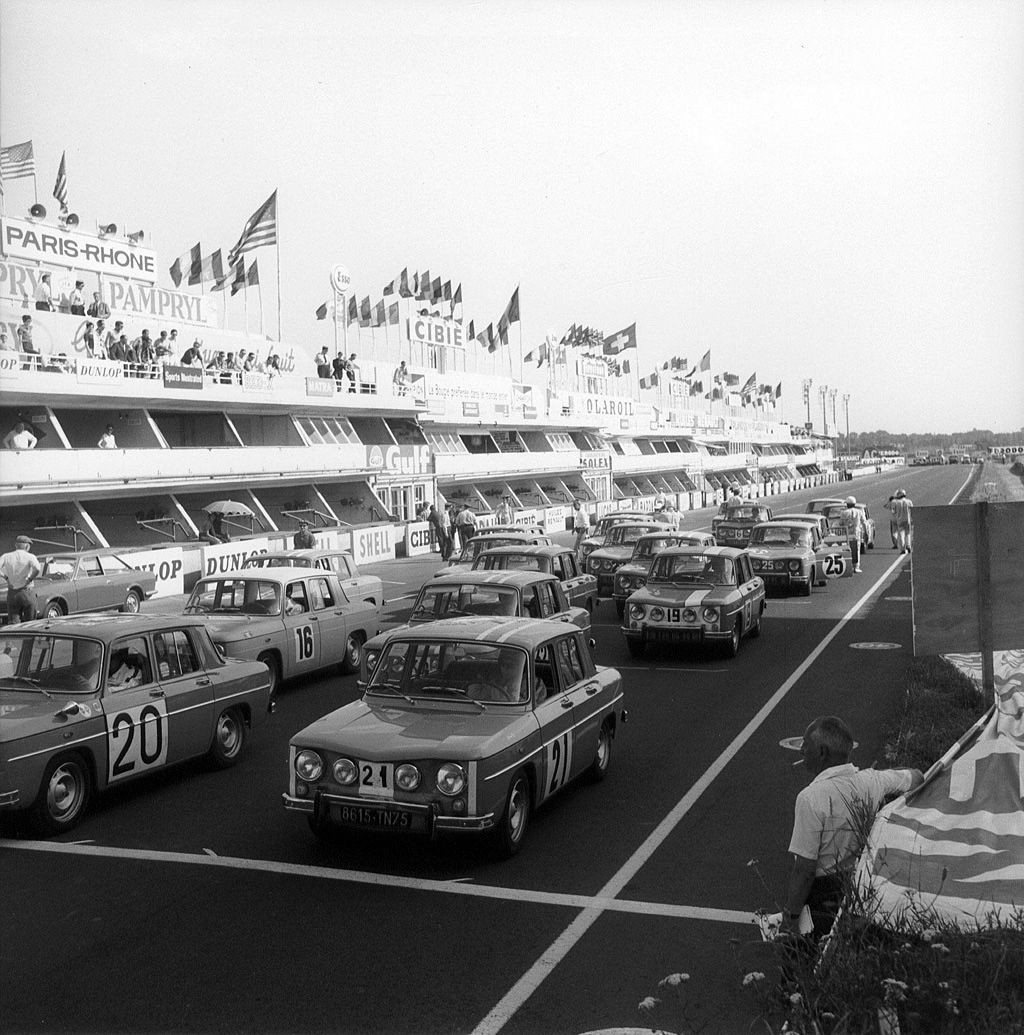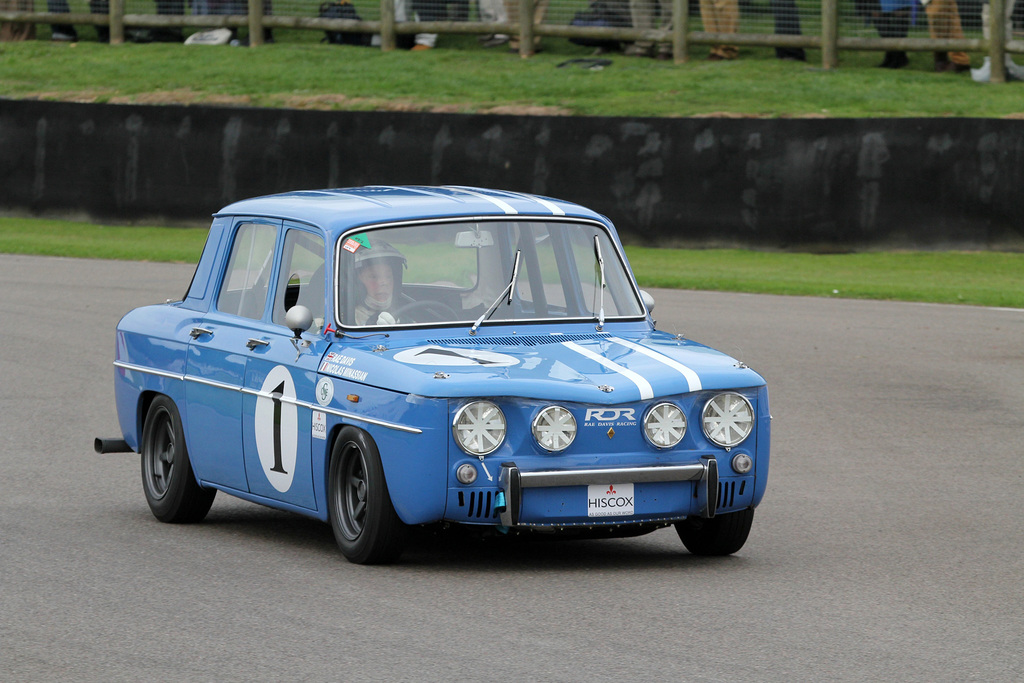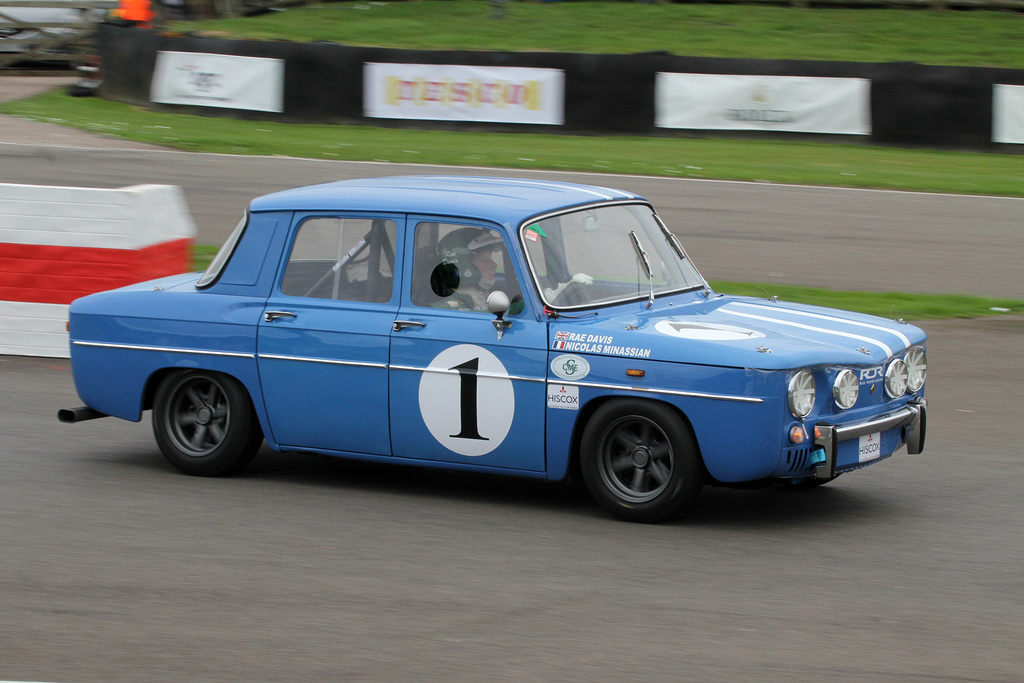1970 Renault 8 Gordini
It was no easy task replacing a legendary car that was loved as much as the R8 Gordini, but the 12 Gordini, a car with real dynamic qualities, tried its best.
A promising start
When the R8 Gordini reached the end of its career, Renault naturally turned to the new Renault 12, presented at the 1969 Paris Motor Show. When the Renault 12 left the assembly lines in 1970, it was available in 2 versions: an estate and a Gordini station wagon. The new Gordini completely changed the approach of the original, switching from a “rear-mounted” layout to a front-wheel drive. With its powerful engine (four 1,565 cc cylinders developing 125 hp at 6,250 rpm) and exceptional mechanics (2 double-barrel carburetors and combined braking (discs and brakes) with a vacuum servo unit), the Renault 12 looked impressive on paper.
In June, the Renault 12 was the most talked-about car in the motoring press. Journalists discussed the heir of the Renault 8 Gordini, a car sporting the same legendary French blue bodywork. The performance figures were eloquent: a top speed of 180 kph and 32.8 s to cover 1 kilometer from a standing start. The new Gordini appeared to be set for a bright future.
Generational conflict
However, the car was held up on the production line. The continuous delays in the launch of this new sports model had motoring enthusiasts and Renault connoisseurs champing at the bit. And rumors were flying as to the possible reason. The truth was that Renault was finding it difficult to adapt the power of the Gordini 12 to the front axle, which was not really made for the job. The wheels tended to spin on acceleration, stopping the car in its momentum. Hardly ideal on a vehicle that was made to race! After intensive efforts by the workshop, the Renault 12 was at last ready.
On July 18 and 19, 1970 at the Castellet racing track, a gleaming Renault 12 Gordini squared up to its predecessor. But what was supposed to be a historic event turned out to be a damp squib. Watched by some 10,000 spectators, most of whom were fans of the Renault 8, neither of the 2 models was able to gain the edge.
A more serious problem was that the new Gordini had completely changed the approach of the original, switching from a “rear-mounted” layout to a front-wheel drive.
The impossible successor
In 1971, the Renault Elf National Cup replaces the Gordini Cup. The Renault 12s lined up at the start, like the R8s before them. The cars were virtually the same as the production models but fitted with roll hoops. The drivers had to relearn the art of controlled skidding with a front-wheel drive… and it quickly became clear that the new model would have a hard time eclipsing its playful predecessor. The front axle was not really matched to the level of power. And the car was heavier and bulkier and thus less efficient. These difficulties, along with the high fuel consumption were reflected in the sales figures. After making a respectable start (2,225 units sold in 1971), sales of the Gordini 12 started to fall and continued falling. Production stopped in 1974 with 5,188 units produced. It was difficult to replace a legend like the Renault 8 Gordini!
In Detail
| type | Series Production Car |


